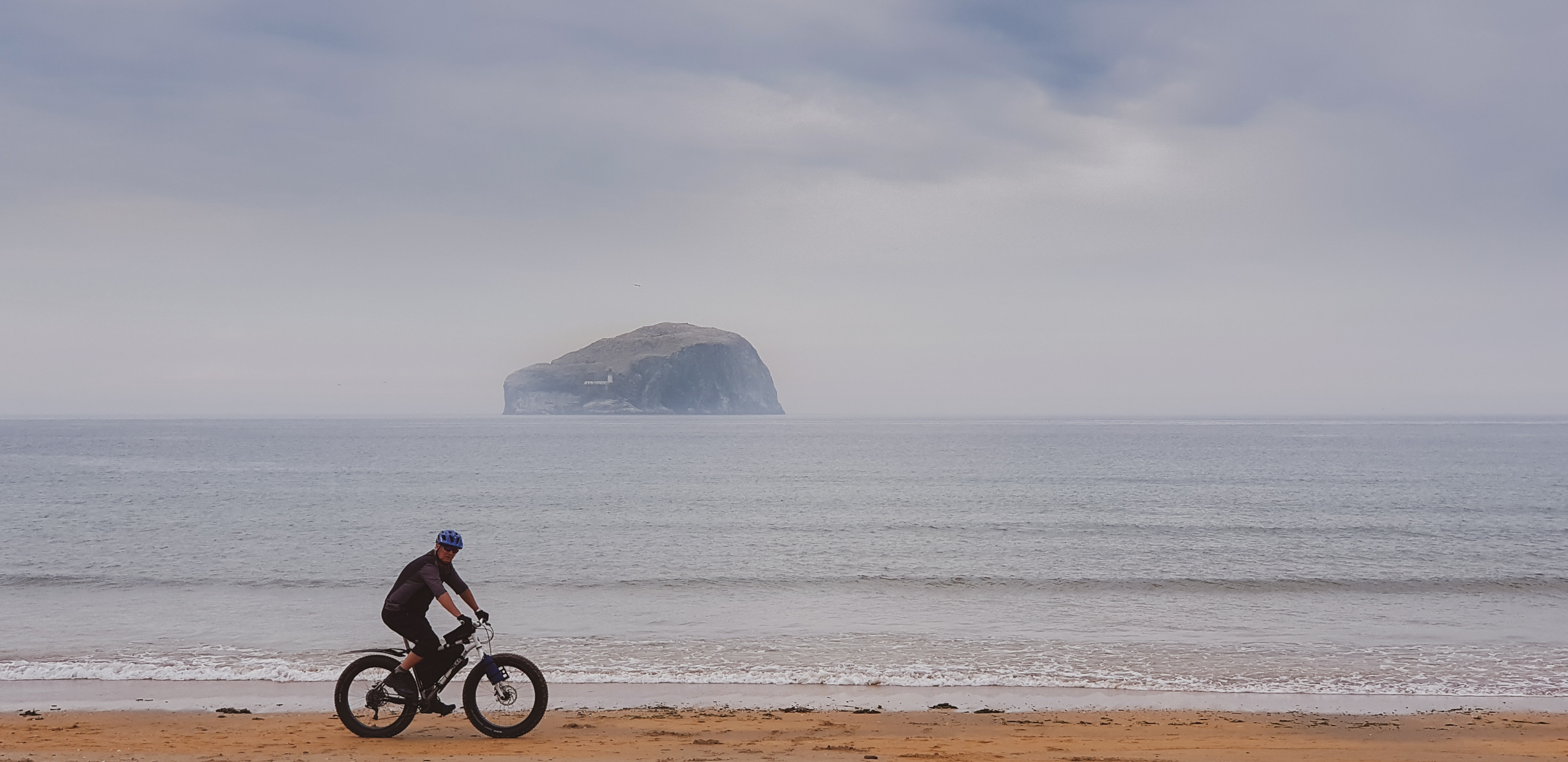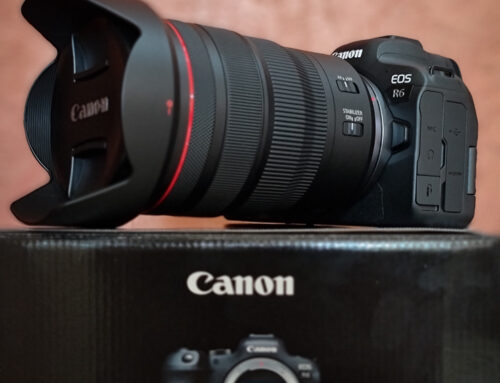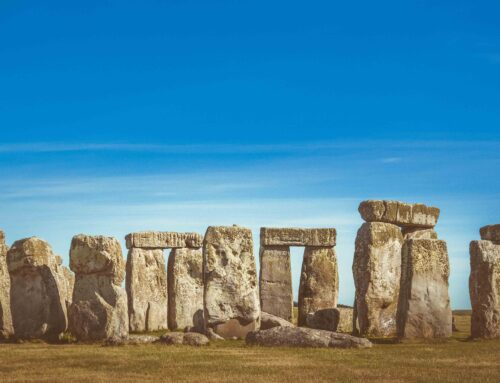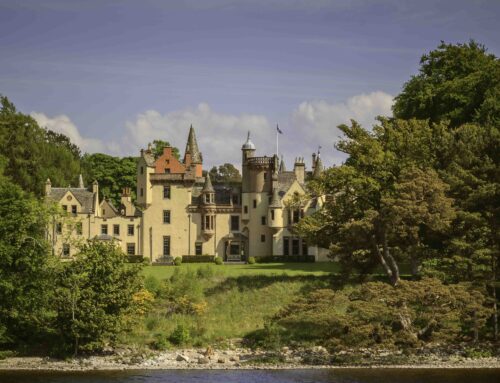Before you start researching on a future upgrade system..lets ponder over your present.
Lay out all your current camera gear/system, which you have thoughtfully accumulated over years, on the table.
Its time to put pen to paper and answer the below:
- Do you know and understand all the features of the current camera gear/system and their uses vs benefits.
- Have you used all the features of your camera system.
- Do you fully understand what part of your camera system is stopping you from pursuing your genre of photography.
- Is any component/s of your current gear out dated in terms of technology and/or usability. For example: Do you feel your sensor tech is too old and a newer sensor will definitely add value to your images and the way you shoot. Is your tripod still sturdy enough to hold all the extra systems that you have accumulated over years after you purchased your tripod.
- Is it necessary to upgrade the camera and/or the lens or will you be able to continue pursuing your genre of photography just by upgrading the accessories.
- Has your skill level outgrown the camera system.
Common reasons why one feels an upgrade is necessary:
1. Current camera has serious handicap shooting in low light conditions.
2. Either the auto focus system including the focus points are weak that they search quite a bit, though it is just the twilight hour. There could be issues with the “low light metering” capacity of the focus points. Focus points are assigned luminance EV depending on the ability to attain focus even when light is below Normal i.e., 0 luminance. Usually the centre focus point can attain focus at lower luminance compared to other focus points.
3. Most of the focus points read light in Single plain, few are Cross type and Dual Cross type focus points might be missing or only work with Centre focus point. How many and how they are spread across the focus point groups are important.
4. Number of focus points are less and forcing you to focus and recompose.
5. Serious noise in your images due to bad ISO management of the sensor. Either the full ISO range is short and/or sensor is not good enough for low light photography.
6. Shutter speed increases in full stop instead of incremental values, lesser control in sleeving highlights.
7. ISO speed increases in full stops instead of incremental values, lesser control and more risk of noise.
8. Low/Weak Dynamic range of sensor affecting correct colour rendering.
9. If you are pursuing sports, wildlife, bird photography, apart from the above the low burst frames per second could be a constraint.
10. Burst speeds are further handicapped due to slow reading rate of the data card.
11. The current lens/s might not carry sharp glass.
12. The lens has traveling apertures, i.e, as you change the focal length the max open aperture changes as well. In adequate depth of field management. Wide open lens offer amazing separation of the subject from the background thus enhanced blur and bokeh.
13. Common lens issues like chromatic aberration, pin-cushion, moire, vignette, barrel distortion, lack of end to end sharpness are more prominent in General or All purpose lenses.
14. Is Camera ergonomics slowing you down.
The Upgrade system should:
- Allow you to pursue your photography endeavours; now and in the future.
- Think about the level you are at today and what level you would want to get to.
- Think about how much time you are willing to invest to learn, practice and hone your skills.
If you linger longer in your pondering state of mind..you might realise it is might not be the Camera that needs an upgrade but:
Lens – more specific to your genre of photography and/or with a wide open aperture.
Flash – as you are constantly shooting in low light conditions,
Diffuser for your flash – if you always complain of harsh highlights in your images whenever you have used flash.
Tripod, that would better manage the weight of your camera system; can immediately make your life easy and positively effect the quality of images.
You should also think about your skill set before thinking about an upgrade. How proficient are you; with the concepts of photography, in using all the features of the current camera, and visualising and successfully transforming them to images.
For example, The General Concept of Shutter Speed: The Generic purpose; to control light to attain ambient exposure.
Slow shutter speed – Low light versus Fast shutter speed – Abundant light.
Slow shutter speed – Capture movement vs Fast shutter speed – Freeze movement.
But beyond this; in Shutter Priority mode one can tune shutter speeds such that in a single frame there are sections in movement and other sections in freeze.
While in Aperture Priority mode, setting a compensation adjusts the Shutter speed to sleeve away light by which you can better control highlights in your image.
When you decide to upgrade, should you still stay in the APC-S (Cropped Sensor) format or move out to Full frame (FF). If you want to stay inside the APC-S format you can continue to use your current DX (for Nikon) / EF (for Canon) lenses.
If you are planning to upgrade to a full frame format, only the FX lenses (for Nikon) or EF-S (for Canon) lens systems in your kitty will work on FF.
If you currently own Cropped Sensor compatible lenses but plan to upgrade to a FF Camera, please accommodate additional budget to invest in appropriate FF lens. Also there is bit of unlearning to do when you upgrade to a FF. Lens focal length are increased by the crop factor (1.5x for Nikon and 1.6x for Canon) when used on a APS-C body and on a full frame they have the exact focal length as assigned for the lens. For example..a 50mm Prime Lens will be 75mm on Nikon and 80mm on a Canon APS-C while it will be an exact 50mm on full frame. A 70-200mm lens will be 105-300mm on Nikon and 112-320mm on a Canon APS-C while on a full frame it’s just a 70-200mm. Also note that FF bodies do not carry an on-board flash.







Nice article Santosh Jayaraman
Thanks Ganesh Kumar..